Dr Rui Castro is currently a Principal Investigator at the Research Institute for Medicines (iMed.ULisboa), Portugal. He completed his PhD at the University of Lisbon and the Department of Medicine (GI Division), University of Minnesota Medical School, USA, in 2006. Since then, Dr Castro has been combining his background on the modulation of liver cell function with his most recent discoveries in the miRNA field, to answer key questions on liver physiology and pathophysiology, while supervising both undergraduate and postgraduate students under the GI umbrella. In 2015, he was selected as a UEG Rising Star. Follow Rui on Twitter @RuiCastroHD.
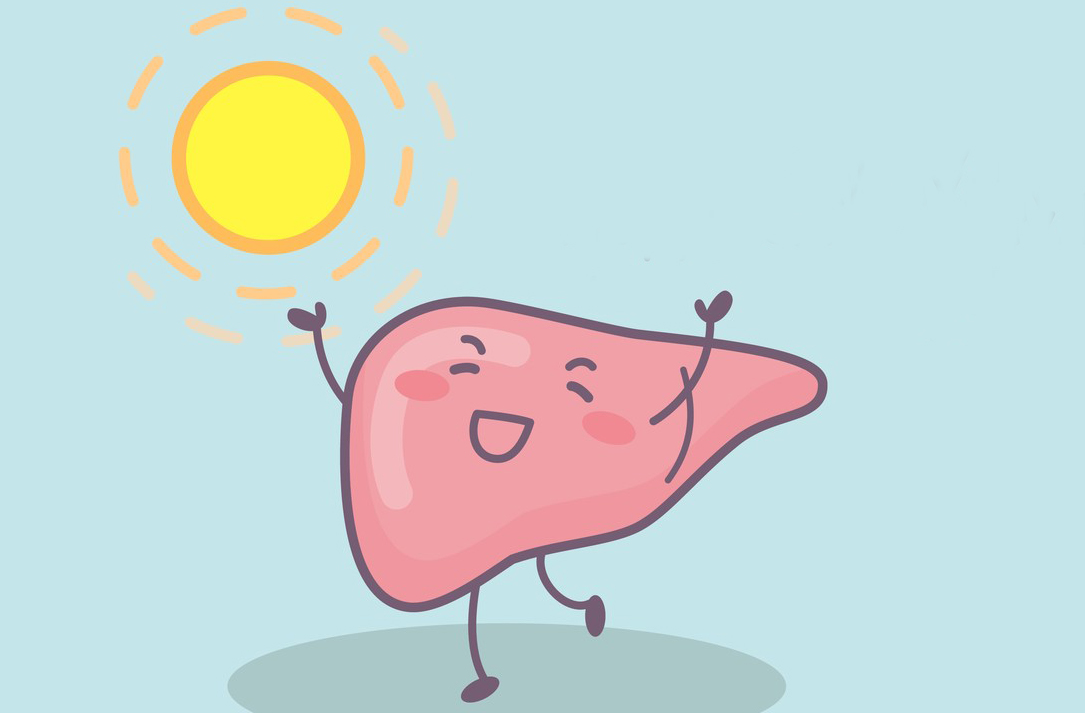
Much like in the 1969 hit song “The Age of Aquarius”, we are now entering a new age of light when it comes to noninvasive biomarkers for liver diseases. UEG has embraced this new era with an online course that covers current and upcoming biomarkers of steatosis, steatohepatitis, liver fibrosis, hepatocellular carcinoma (HCC) and biliary diseases.
In the field of gastroenterology and hepatology, research into noninvasive diagnostics and biomarker discovery has grown exponentially in the past few years. In particular, numerous breakthroughs in the diagnosis of and prediction of prognosis for various acute and chronic liver diseases are now being witnessed. This focus on chronic liver diseases is justified, because they are an increasing source of medical and public health concern worldwide, much of which is due to the lack of early disease biomarkers.
A couple of months ago, I had the pleasure of working with Frank Tacke and Jesús Bañales on a new UEG online course “Biomarkers of liver disease”. Our goal was to summarize current diagnostic modalities for nonalcoholic fatty liver disease (NAFLD), from simple steatosis to fibrotic and cirrhotic nonalcoholic steatohepatitis (NASH), HCC and biliary diseases, discuss their main limitations and introduce novel, prospective biomarkers for disease triggering, staging and monitoring.
Imaging assessment techniques are well established as noninvasive biomarkers, mitigating the need for an invasive liver biopsy. Our UEG online course covers the imaging tools and technologies already employed for diagnosis and monitoring of NAFLD and, particularly, fibrosis, where they may also have potential for the longitudinal assessment of therapeutic responses.1 It should be noted, however, that having tools that allow diagnosis of NAFLD in its earliest stages is of utmost importance, given the high likelihood of progression to more severe stages, including fibrosis itself. In this regard, the possibility of using extracellular vesicles (EVs) and microRNAs (miRNAs) as novel biomarkers of liver disease is particularly appealing, as the EV cargo, which includes miRNAs, represents a snapshot of the parental liver cell at the time of release and changes immediately according to the pathophysiological status of the liver.2,3
Several miRNAs and EV-related proteins present in serum, bile or urine also display high sensitivity and specificity for the diagnosis of different cholangiopathies. These novel biomarkers may, therefore, be of further use for the early detection of cholangiocarcinoma (CCA),4 particularly considering that, at the moment, only nonspecific biochemical (and/or histological) markers are used in combination with clinical and radiological data for the diagnosis of CCA, according to the expert consensus document recently published by the European Network for the Study of Cholangiocarcinoma.5
As for HCC, diagnosis relies mainly on imaging methods. In fact, only ultrasonography is recommended by the European Association for the Study of the Liver (EASL) and European Organisation for Research and Treatment of Cancer (EORTC) clinical practice guidelines on the management of HCC.6 As such, early HCC diagnosis needs to be improved, as does the ability to identify subgroups of patients who have a different prognosis and response to treatment,7 which could be achieved through EV-based and miRNA-based assays. For instance, specific tumour-associated microparticles (taMPs) have very recently been proposed as novel biomarkers of HCC and CCA.8 As 5 years have passed since the EASL–EORTC guidelines on HCC were published, the next revised version is expected to discuss these and other recent advances in the biomarker field.
As a final note, it should be highlighted that the use of EVs and miRNAs as liver disease biomarkers is not without its challenges. Standardization of sample collection, data normalization and analysis, as well as large, independent comprehensive studies in well-characterized patient populations, are needed to help speed its translation to clinical practice. And this is exactly where the sunshine is finally being let in—several large consortiums supported by the European Commission are now addressing these issues, including EPOS (Elucidating Pathways of Steatohepatitis) [http://www.epos-nafld.eu] and, most recently, LITMUS (Liver Investigation: Testing marker Utility in Steatohepatitis) [http://www.litmus-project.eu]. In particular, the primary aim of LITMUS is to bring new diagnostic tests to NAFLD patients and identify those most at risk of developing severe inflammation and liver scarring, by discovering, validating and qualifying better biomarkers. By closing the gap between patients, researchers and industry, such consortiums will undoubtedly have a key role in firmly establishing EVs and microRNAs as noninvasive biomarkers of liver disease in the clinical setting.
I do hope this brief summary and the video shared here will motivate you to have a look and try UEG’s new online course “Biomarkers of liver disease”. As for all UEG online courses, access is free when you sign in to your myUEG account.
Enjoy!
References
- Baues M, Dasgupta A, Ehling J, et al. Fibrosis imaging: Current concepts and future directions. Adv Drug Deliv Rev 2017. Epub ahead of print 3 November 2017. DOI: 10.1016/j.addr.2017.10.013 .http://www.sciencedirect.com/science/article/pii/S0169409X17302387
- Szabo G and Momen-Heravi F. Extracellular vesicles in liver disease and potential as biomarkers and therapeutic targets. Nat Rev Gastroenterol Hepatol 2017; 14: 455–466. https://www.nature.com/articles/nrgastro.2017.71
- Afonso MB, Rodrigues PM, Simão AL and Castro RE. Circulating microRNAs as potential biomarkers in non-alcoholic fatty liver disease and hepatocellular carcinoma. J Clin Med 2016; 5. pii: E30 http://www.mdpi.com/2077-0383/5/3/30
- Arbelaiz A, Azkargorta M, Krawczyk M, et al. Serum extracellular vesicles contain protein biomarkers for primary sclerosing cholangitis and cholangiocarcinoma. Hepatology 2017; 66: 1125–1143. http://onlinelibrary.wiley.com/doi/10.1002/hep.29291/full
- Banales JM, Cardinale V, Carpino G, et al. Expert consensus document: Cholangiocarcinoma: current knowledge and future perspectives consensus statement from the European Network for the Study of Cholangiocarcinoma (ENS-CCA). Nat Rev Gastroenterol Hepatol 2016; 13: 261–280. https://www.nature.com/articles/nrgastro.2016.51
- European Association for the Study of the Liver and European Organisation for Research and Treatment of Cancer. EASL-EORTC clinical practice guidelines: management of hepatocellular carcinoma. J Hepatol 2012; 56: 908–943. http://www.journal-of-hepatology.eu/article/S0168-8278(11)00873-7/pdf
- Gerbes A, Zoulim F, Tilg H, et al. Gut roundtable meeting paper: selected recent advances in hepatocellular carcinoma. Gut Pub ahead of print 17 November 2017. DOI: 10.1136/gutjnl-2017-315068. http://gut.bmj.com/content/early/2017/11/16/gutjnl-2017-315068.long
- Julich-Haertel H, Urban SK, Krawczyk M, et al. Cancer-associated circulating large extracellular vesicles in cholangiocarcinoma and hepatocellular carcinoma. J Hepatol 2017; 67: 282–292. http://www.journal-of-hepatology.eu/article/S0168-8278(17)30123-X/fulltext
-
About the Author
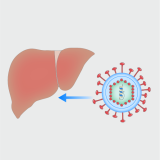
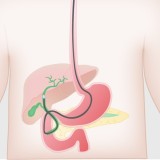


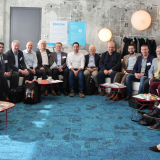
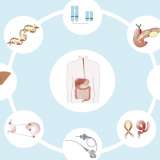
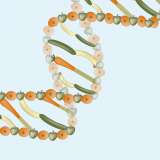
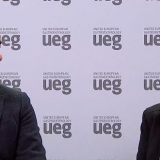
Please log in with your myUEG account to post comments.